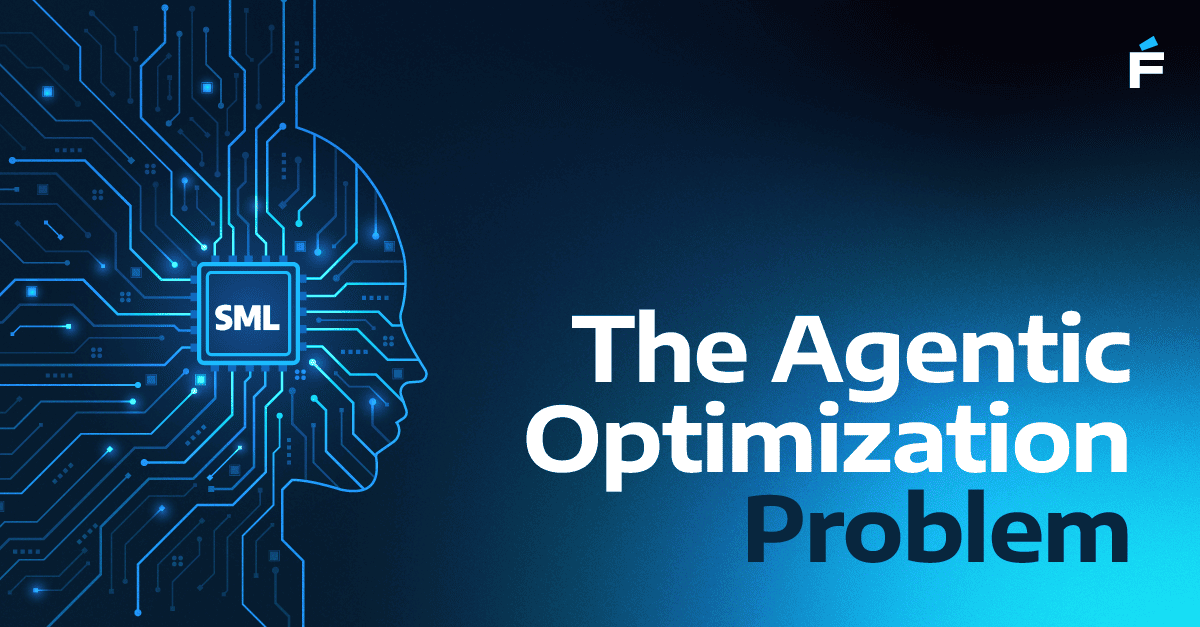Data is the lifeblood of AI. Whether you're building a simple predictive model or deploying a complex deep learning system, the quality and preparation of your data are critical to the success of your AI project. As an AI consultant or data engineer, understanding how to prepare data effectively is a foundational skill that can make or break your AI initiatives. In this blog post, we'll explore the essential steps to prepare data for AI, ensuring it's clean, relevant, and ready for analysis.
Translating Business Requirements into Data Specifications
Before you even begin collecting or preparing data, it’s crucial to have a comprehensive understanding of the business problem at hand. This understanding informs the entire data preparation process, from acquisition to transformation. Start by:
-
Defining Clear Objectives: Break down the business problem into specific, measurable goals that your AI model aims to achieve.
-
Data Specifications: Determine the types of data needed, the granularity required, and any temporal or spatial considerations.
-
Key Performance Indicators (KPIs): Establish the metrics that will define the success of your AI model, guiding your data preparation efforts.
With well-defined objectives, you can create a data preparation strategy that aligns directly with your business goals.
Data Collection: Methods and Challenges
Data collection is a foundational step, but it’s not without its challenges. For seasoned professionals, the focus should be on leveraging advanced data acquisition methods and overcoming common obstacles.
-
Data Sources: Collect data from diverse sources—structured databases, APIs, web scraping, and unstructured sources like text and images. For large-scale projects, consider distributed data sources or cloud-based data lakes.
-
Data Acquisition Challenges: Handle issues such as rate limits in APIs, varying data formats, or incomplete data feeds. Use ETL (Extract, Transform, Load) processes to streamline and automate data collection.
-
Data Integration: Employ tools like Apache Kafka or Apache NiFi for real-time data streaming, ensuring a seamless flow of data across different systems.
The goal is to ensure that your data is not only comprehensive but also relevant and high-quality, providing a strong foundation for your AI models.
Advanced Data Cleaning Techniques
Raw data is often rife with inconsistencies, errors, and missing values. Advanced data cleaning goes beyond basic methods to ensure that your dataset is pristine.
-
Handling Missing Data: Use sophisticated imputation techniques like K-Nearest Neighbors (KNN) imputation or multiple imputation by chained equations (MICE). For large datasets, consider deep learning-based methods for imputation.
-
Outlier Detection and Treatment: Implement statistical methods such as Z-score, IQR (Interquartile Range), or Mahalanobis distance for outlier detection. Alternatively, use machine learning-based anomaly detection techniques.
-
Error Correction: Automate the correction of common errors using data validation frameworks like Great Expectations, which can enforce schema constraints and detect anomalies.
These techniques ensure that your data is accurate and consistent, which is vital for training reliable AI models.

Data Quality Assessment
Assess data quality to identify potential issues and ensure data reliability.
-
Completeness: Measure the proportion of missing values.
-
Accuracy: Verify the correctness of data values.
-
Consistency: Check for inconsistencies across different data sources or within the same dataset.
-
Timeliness: Ensure data is up-to-date and relevant.
Regular data quality assessments help maintain data integrity throughout the AI lifecycle.
Data Transformation: Enhancing Features for AI
Transforming data into a format suitable for analysis is a complex process that can greatly enhance model performance.
-
Normalization and Standardization: Apply min-max scaling, z-score normalization, or log transformations to standardize your features. Understand when each method is appropriate based on your model's requirements.
-
Dimensionality Reduction: Use techniques like Principal Component Analysis (PCA), t-SNE, or UMAP to reduce feature space while preserving data variance. These methods are crucial for handling high-dimensional datasets.
-
Advanced Feature Engineering: Create powerful new features by combining existing ones, applying domain-specific knowledge, or using techniques like polynomial features, interaction terms, and Fourier transforms for time-series data.
Advanced data transformation not only prepares your data but can also uncover hidden patterns that improve model accuracy.
Feature Engineering Techniques
Explore more advanced feature engineering techniques to create informative features.
-
Domain-Specific Features: Leverage domain knowledge to create features tailored to your specific problem.
-
Interaction Features: Combine existing features to capture non-linear relationships.
-
Time-Series Features: Extract time-based features like trends, seasonality, and cyclic patterns.
By carefully selecting and creating features, you can improve your model's predictive power.

Data Splitting: Strategies for Robust Model Evaluation
Splitting your data into training, validation, and testing sets is a standard practice, but advanced methods ensure robust model evaluation.
-
Stratified Sampling: Use stratified sampling to maintain the distribution of target classes across splits, especially in imbalanced datasets.
-
Time-Series Splitting: For time-dependent data, consider expanding window splits or rolling window splits to mimic real-world forecasting scenarios.
-
Large-Scale Data Splitting: When dealing with massive datasets, use distributed computing tools like Apache Spark to efficiently split and manage data.
These strategies help prevent overfitting and ensure that your model generalizes well to unseen data.
Addressing Data Imbalance: Advanced Techniques
Data imbalance can severely bias your AI models, leading to poor performance on underrepresented classes. Advanced techniques can mitigate this issue.
-
Cost-Sensitive Learning: Modify your learning algorithm to penalize misclassifications of minority classes more heavily. This can be done using class weights in algorithms like Random Forest or Neural Networks.
-
Ensemble Methods: Implement ensemble techniques like Balanced Random Forest or EasyEnsemble, which are designed to handle imbalanced datasets by combining multiple models.
-
Synthetic Data Generation: Use advanced methods like SMOTE (Synthetic Minority Over-sampling Technique) or GANs (Generative Adversarial Networks) to generate synthetic examples that balance the dataset.
These approaches help create fairer models that perform well across all classes.
Data Validation and Testing: Ensuring Integrity and Reliability
Before deploying your AI model, it’s crucial to validate and test your data rigorously.
-
Data Leakage Prevention: Use techniques like cross-validation and hold-out sets to ensure no information from the test set leaks into the training process, which could artificially boost model performance.
-
Cross-Validation Techniques: Employ k-fold cross-validation or nested cross-validation for a thorough assessment of model generalization.
-
Automation in Validation: Integrate data validation steps into your CI/CD pipelines using tools like Great Expectations, ensuring continuous monitoring of data quality.
Thorough validation and testing are essential to ensure that your model performs reliably in real-world scenarios.
Concluding thoughts on Data Governance
Preparing data for AI is both an art and a science, requiring a deep understanding of both the business problem and the technical challenges. For AI consultants and data engineers, mastering advanced data preparation techniques is crucial for building models that not only perform well but also deliver real business value. This requires a strong partnership with business units who will benefit from AI as well as take responsibility for the quality and consistency of their data. They must become good stewards.
By focusing on detailed data catalogs, advanced tools and methods for data cleaning, transformation, and validation, and addressing common challenges like data imbalance, you can ensure that your AI models are built on a solid foundation of high-quality data.




